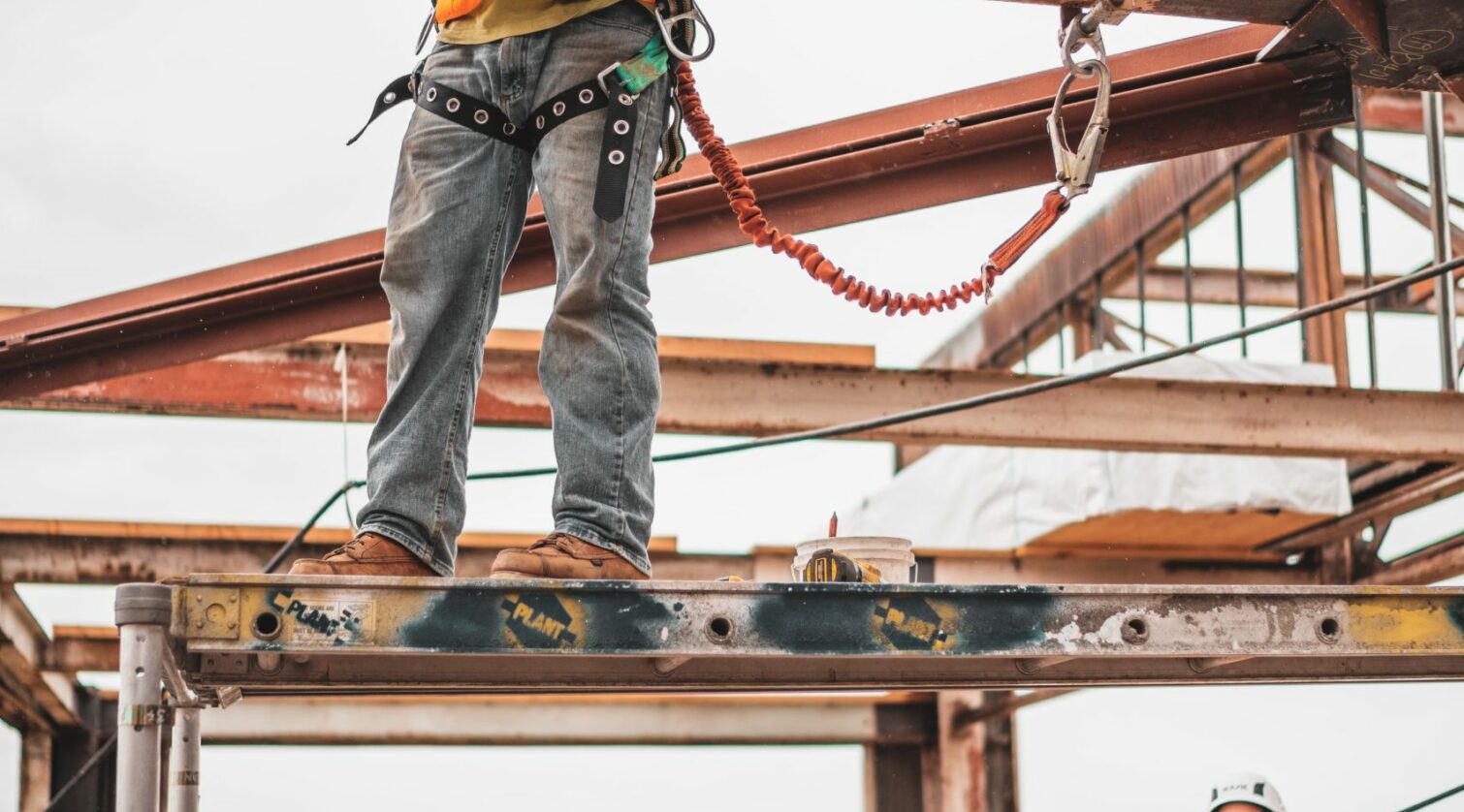
Fixing remedial costs: for UK housebuilders, data integration means greater business resilience
Remedial costs are a perennial drain on UK housebuilders’ profitability. Faced with price pressures in relation to both subcontractor costs and materials, the need to manage, minimise and mitigate remedial costs is becoming even more of a priority.
Sempre’s Housebuilding Sector Lead, Paul Scales explores how enhancing your data capture, integration and analytics capabilities can mean a lower remediation costs burden, stronger decision making, and a more resilient business.
Why look at remedial costs, and why now?
Prices and lead times on key materials such as blocks, bricks, and timber have recently increased by 120% in some cases, with average prices climbing by 24.5%.
With an estimated 217,000 extra workers required by 2025 to meet demand, subcontractor rates are heading upwards, and project timelines are getting longer.
Meanwhile, events in Eastern Europe look set to put even greater pressure on energy prices.
With all of this happening, it may seem slightly besides-the-point to focus on longstanding issues such as material waste and remedial costs. After all, wouldn’t a CFO’s time be better spent by tackling cash flow squeezes and supply chain issues head-on?
In reality, building greater business resilience demands a two-pronged approach. You certainly need to be able to analyse performance right across the business and respond swiftly to newly emerging risks. For instance, can you tell which supply chain components are most prone to disruption? If a supplier were to suddenly revise its pricing structure, can you get an immediate picture of what this means both for individual projects and the business as a whole?
But alongside this, now is also precisely the right time for housebuilders to take a fresh look at longstanding systemic issues within the business, especially operational inefficiencies. The problem of remedial costs is a prime candidate for transformation.
According to Turner & Townsend’s 2021 International Construction Market Survey, average profit margins for UK builders are around 3.9%; the lowest of any major market. Around 35% of costs are accounted for by material waste and remedial work.
This year, according to property debt advisor, Sirius Property Finance, the average cost of construction for a new-build residential property is set to rise by almost £18,000 per unit as increased labour and materials costs take hold.
If housebuilders can mitigate the haemorrhaging of money and resources on remedial work, it goes a long way in improving margins and in shoring up the business to face the challenges ahead.
Reasons why CFOs should care about quality assurance
A housebuilder is operating multiple sites simultaneously, with projects at different stages of development. Routine inspections on the first few end-stage units at Site A reveal leaking pipes. The root cause is identified as a combination of poor quality joints and incorrect laying. The site manager arranges for rectification on those early units.
Meanwhile however, the exact same issue is about to emerge on Sites B,C and D…
A good project manager should be able to identify and resolve problems – hopefully before remedial costs escalate too much. However, by definition, the focus of these managers is the project they happen to be working on. Analysis of enterprise-wide performance and efficiency issues just isn’t in their job description.
Issues that give rise to remediation come in all shapes and sizes, whether it’s through process flaws, quality control problems with supplies, or below-par performance by contractors. If particular issues are arising on a certain project, there’s a pretty good chance that similar problems are occurring on other sites, too.
Some sectors are described as data rich but information poor. All too often, UK housebuilding falls into this category. The data that could really help you to drive efficiency and reduce remediation costs exists within the business. It’s just that no-one’s creating the visibility necessary to join the dots.
This is precisely where the finance function can – and should – make a difference.
Finance departments really should care about the quality assurance and quality control process. However, to turn that data into valuable insight, it needs to be captured, integrated and analysed.
Step 1: Capture
A vast amount of data is being generated at project level. We’re rapidly reaching a stage where sensor data, combined with image recognition and machine learning technology can identify quality and potential rectification issues in real time.
Data capture is becoming easier than ever. For example, with tools such as Viewpoint Field View, on-site operatives can capture logs, inspection test plans, punch lists and much more before instantly relaying the information to the back office.
When it comes to new technology on the business operational side (e.g. a new IoT-enabled project management solution), the traditional question on the lips of finance managers is usually “How much is this going to cost us?”.
However, it’s worth remembering that these technologies almost always generate useful data: precisely the type of information that can ultimately help you reduce business-wide inefficiencies. CFOs need to recognise this, and get more closely involved in the conversations surrounding operational technology choices. Two particularly relevant questions to ask include:
- What type of data does this solution generate, and will this data give us a better understanding of performance across all projects?
- Is it possible to extract this data from the solution itself, to facilitate joined-up analysis? What might data relating to Site A teach us, that we can put into practice on Sites B, C and D?
Step 2: Integrate
Which contractors are most susceptible to quality inspection failures?
When and where are we encountering variation orders? What are the most common reasons for these orders being issued?
Historically, what have been our ‘beacon’ projects where the need for remedial work and other issues such as time/budget overrun have been minimal? Operationally, what do these projects have in common?
When defects in materials have been identified, which suppliers have been involved?
The data that can help you answer these and other questions exists within the business. But data alone does not equate to insight. After capturing it, you also need a solution in place to integrate it.
On an operational level, it’s not unusual for housebuilders to have a stack of tools already in place covering areas such as quality control, design management, scheduling, materials and performance management.
No-one is suggesting that your business needs to jettison your tech stack. But a top priority for 2022 should be the creation of an integration hub, where data from all corners of your business can exist in a single location.
Step 3: Analyse
You’ve captured operational data. You’ve integrated it and made it available.
The next building block to put in place to tackle remedial costs involves data analysis.
Deloitte has recently referred to the need to create what it calls a connected construction foundation:
“A dynamic, always-on network that provides continuous access to information, analytics and insights…”.
It’s essentially a bringing together of data from all relevant internal and external sources, the removal of silos between different projects and a much clearer view of what’s happening on the ground.
Evidence suggests that the approach works, resulting on average in a 10% to 30% reduction in engineering hours, up to 10% saving in build costs and up to 20% reduction in operating costs.
What next?
There’s some truth in the old phrase that “construction companies are accounting companies that happen to erect buildings”. And when you are faced with fresh market pressures, a tried-and-tested tactic for mitigating their effects is to re-examine those expenses that seem to be hardwired into your business model. So this in itself is a pretty strong reason for taking a fresh look at remedial costs.
At the same time, however, we are in a climate where shared social media images of early-stage brick efflorescence can potentially do as much damage to a housebuilder as multiple contractual penalty clauses. The imminent arrival of the New Homes Ombudsman also looks set to push the issue of quality control further up the priority list.
To start creating the level of company-wide visibility you need for greater business resilience, speak to us today.
t: 020 3137 9944












